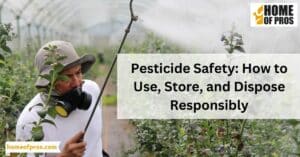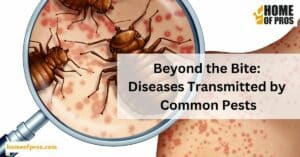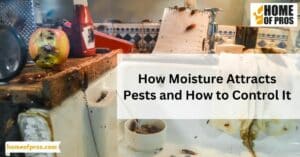In your quest for a thriving garden, don’t overlook the unsung heroes of the insect world. Beneficial insects play a crucial role in maintaining a healthy ecosystem, from pollinating your plants to warding off pesky pests. Embrace ladybugs, lacewings, and parasitic wasps, as they’ll help you keep your garden lush and vibrant, naturally.
In the realm of garden ecosystems, beneficial insects are unsung heroes. They maintain the balance between pests and plants, and in this article, we’ll explore their significance and why they’re a superior choice to chemical pesticides. These insects not only reduce environmental impact but also foster a sustainable garden.
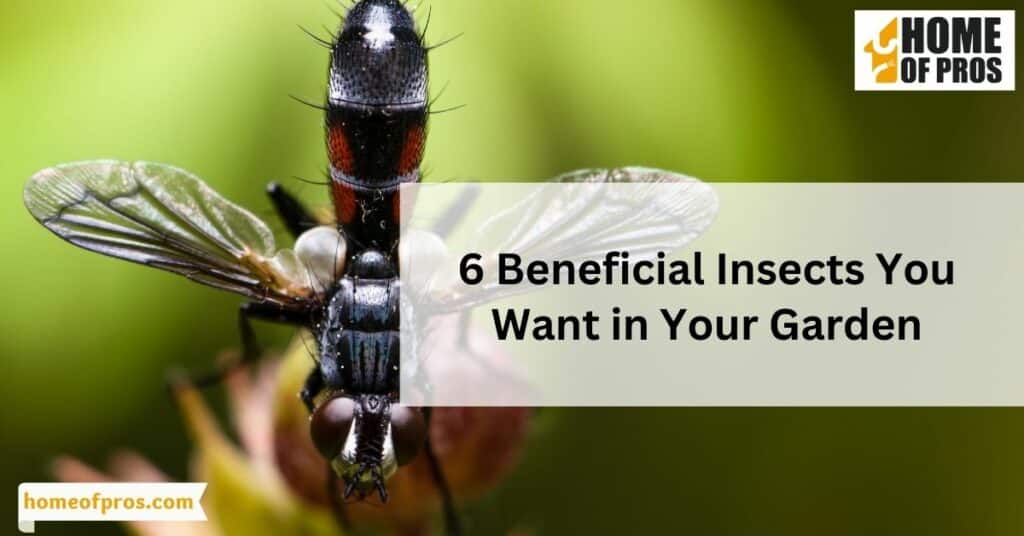
1. Ladybugs: Aphid Avengers
Ladybugs, also known as ladybirds or lady beetles, are renowned aphid predators. Their voracious appetite for aphids, both adults and larvae, makes them a natural and effective solution for aphid control in your garden. Ladybugs consume hundreds of aphids daily, keeping these notorious plant pests in check.
Understanding the life cycle of ladybugs is crucial. They undergo a complete metamorphosis, starting as tiny eggs, progressing to larvae, pupae, and finally, adult ladybugs. During their larval stage, they’re even more voracious aphid eaters than adults. By providing an environment rich in aphids and other soft-bodied insects, such as mealybugs and spider mites, you can attract and retain ladybugs in your garden.
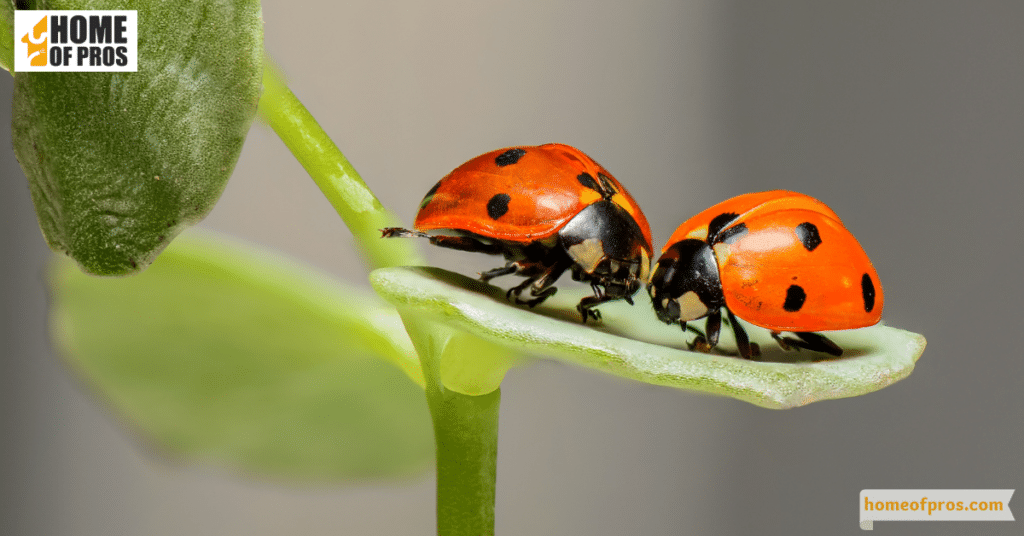
2. Lacewings: Delicate Yet Deadly
Lacewings are delicate-looking insects with lacy wings, but don’t let their appearance fool you—they are efficient garden guardians. They have a particular appetite for aphids, but they also prey on other soft-bodied insects like caterpillars, mealybugs, and spider mites.
Understanding lacewings’ feeding habits and lifecycle can help you harness their potential. Lacewing larvae are the primary predators, with their distinctive sickle-shaped mandibles for grasping and consuming prey. These larvae are voracious feeders, often covering themselves with the empty exoskeletons of their prey for camouflage.
To create a lacewing-friendly environment, avoid using broad-spectrum pesticides, which can harm both lacewings and their prey. Planting nectar-producing flowers like alyssum, dill, and yarrow can attract adult lacewings. You can also purchase lacewing eggs or larvae from garden supply stores and release them in your garden to bolster their population.

3. Parasitic Wasps: Masters of Pest Control
Parasitic wasps are nature’s pest control agents, specializing in targeting harmful insects such as tomato hornworms, cabbage worms, and aphids. What sets them apart is their unique reproductive strategy—they lay their eggs inside their prey. Once the eggs hatch, the young wasps feed on the host insect, effectively eliminating it.
Creating an environment that attracts parasitic wasps involves understanding their needs. Many of them require nectar and pollen for sustenance, so planting flowering plants like fennel, dill, and sweet alyssum can lure them to your garden. Additionally, offering suitable shelter, such as tall grasses or undisturbed areas, can provide them with nesting sites.
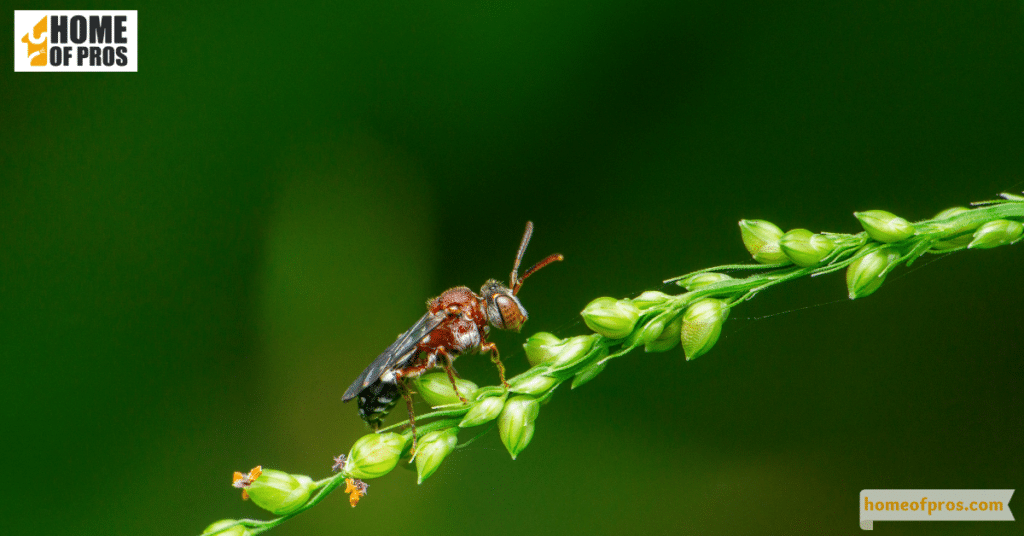
4. Hoverflies: The Pollinators with a Taste for Pests
Hoverflies, often mistaken for bees due to their similar appearance, are remarkable garden insects with a dual role—they serve as both pollinators and pest predators. While feeding on nectar and pollen, they also target aphids, mealybugs, and other soft-bodied pests.
Understanding hoverflies’ appearance, behavior, and lifecycle can help you identify and encourage them in your garden. They have distinctive hovering flight patterns and mimic the appearance of bees or wasps as a defense mechanism. Hoverfly larvae, often found near aphid colonies, are voracious eaters of aphids.
To attract hoverflies, cultivate a garden with a variety of nectar-rich flowers like marigolds, sunflowers, and calendula. Providing diverse plants and minimizing pesticide use can create an environment where these beneficial insects thrive. By welcoming hoverflies, you not only enhance pollination but also improve pest control in your garden.
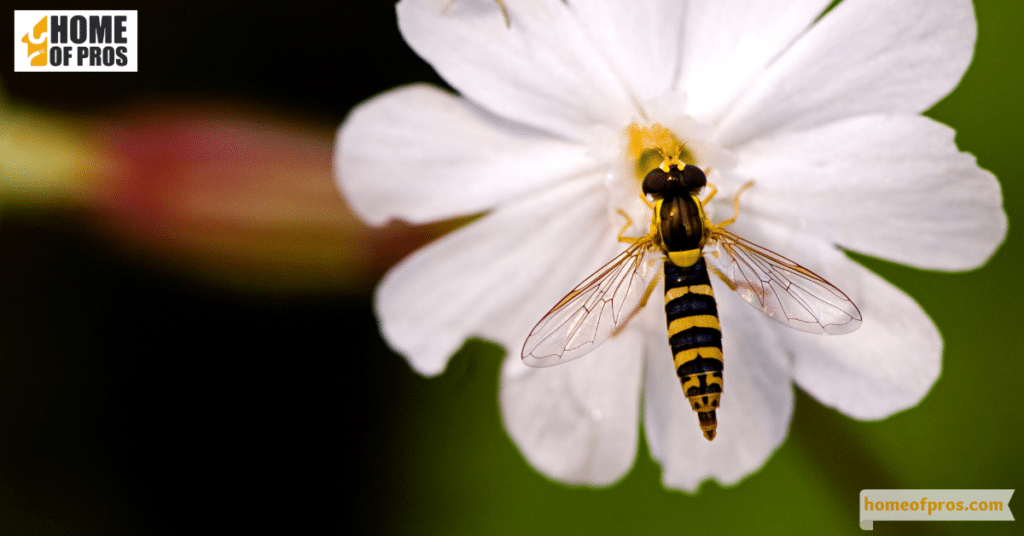
5. Praying Mantises: Stealthy Garden Predators
Praying mantises are iconic garden predators, known for their unique hunting techniques and efficiency in controlling various pests. These patient and stealthy insects feed on a wide range of garden nuisances, including flies, moths, crickets, and even small vertebrates like frogs.
Understanding the praying mantis lifecycle is intriguing. Adult mantises lay distinctive egg cases called oothecae, which can contain hundreds of eggs. These eggs hatch into tiny mantis nymphs, which gradually grow into adults. Creating a mantis-friendly garden environment involves providing suitable hiding spots and avoiding the use of broad-spectrum pesticides.

6. Ground Beetles: Soil Saviors and Pest Patrollers
Ground beetles are often unseen heroes in your garden, primarily active at night and beneficial for maintaining healthy soil. They feed on various root-feeding insects like wireworms and root maggots, as well as garden pests like slugs and snails.
Understanding the importance of ground beetles in soil health is key. These insects not only consume pests that harm plant roots but also help break down organic matter, promoting nutrient cycling in the soil. Ground beetles are particularly active in gardens with mulch or ground cover plants that provide shelter during the day.
To promote ground beetle activity, consider planting cover crops like clover, which provide a habitat and food source for these nocturnal predators. Reducing artificial light in your garden during the night can also encourage ground beetles to emerge and patrol your garden.
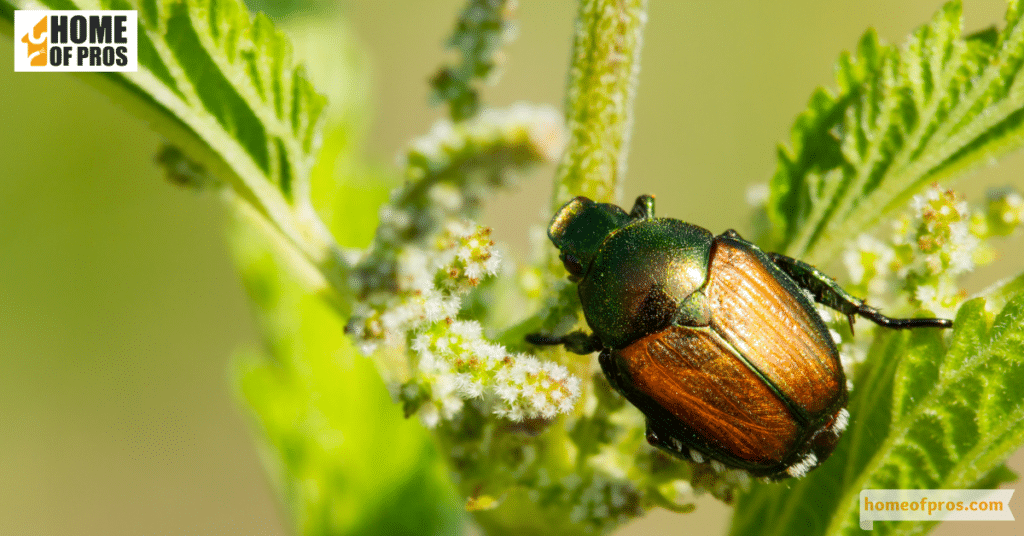
Conclusion
These six beneficial insects are invaluable allies in your garden, providing natural and effective pest control while contributing to the overall health of your garden ecosystem. Embracing their presence not only reduces the need for chemical pesticides but also fosters a more sustainable and eco-friendly gardening practice. By welcoming ladybugs, lacewings, parasitic wasps, hoverflies, praying mantises, and ground beetles, you create a garden that thrives in harmony with nature, ultimately benefiting both your plants and the environment.






